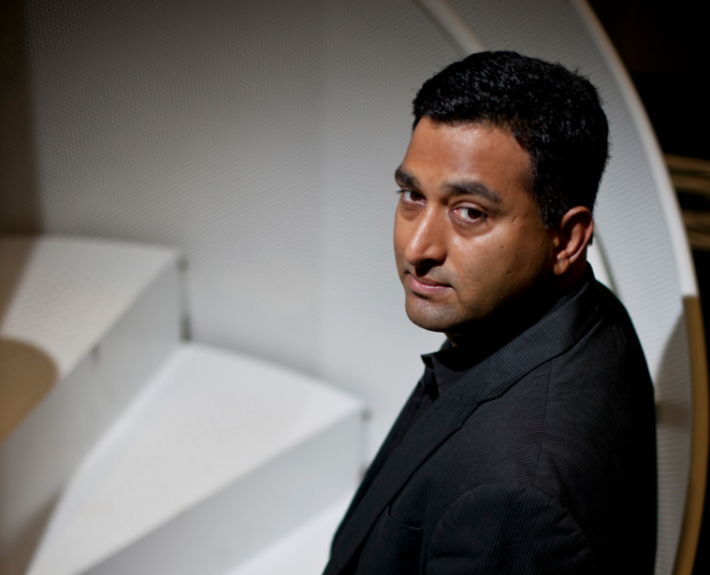

“How to create new ways to capture and share visual information”
Ramesh Raskar, Associate Professor, MIT Media Lab
Ramesh Raskar joined the Media Lab from Mitsubishi Electric Research Laboratories in 2008 as head of the Lab’s Camera Culture research group. His research interests span the fields of computational photography, inverse problems in imaging and human-computer interaction.
Recent projects and inventions include transient imaging to look around a corner, a next generation CAT-Scan machine, imperceptible markers for motion capture (Prakash), long distance barcodes (Bokode), touch+hover 3D interaction displays (BiDi screen), low-cost eye care devices (Netra,Catra), new theoretical models to augment light fields (ALF) to represent wave phenomena and algebraic rank constraints for 3D displays(HR3D).
In 2004, Raskar received the TR100 Award from Technology Review, which recognizes top young innovators under the age of 35, and in 2003, the Global Indus Technovator Award, instituted at MIT to recognize the top 20 Indian technology innovators worldwide. In 2009, he was awarded a Sloan Research Fellowship. In 2010, he received the Darpa Young Faculty award. Other awards include Marr Prize honorable mention 2009, LAUNCH Health Innovation Award, presented by NASA, USAID, US State Dept and NIKE, 2010, Vodafone Wireless Innovation Project Award (first place), 2011. He holds over 40 US patents and has received four Mitsubishi Electric Invention Awards. He is currently co-authoring a book on Computational Photography. [Personal webpage http://raskar.info]
Maggie Church
As Administrative Assistant, Maggie oversees day- to-day operations and supports PI Ramesh Raskar. Maggie began her career in museum administration. She has worked at the Museum of Contemporary Craft in Portland, Oregon and the Herreshoff Marine Museum / America’s Cup Hall of Fame in Bristol, Rhode Island. If you have general questions about the group, or need to schedule a meeting with Ramesh please contact Maggie: mdchurch@media.mit.edu

John Werner
John is the Head of Innovation & New Ventures for the Camera Culture Group. He is working on new imaging platforms, developing hardware and software technologies for augmenting human vision. John is also working on large scale online learning, bringing young people from around the world together to solve some of the most important problems through rapid prototyping and helping foster an environment of entrepreneurship to take ideas into the real world for impact. He is a a co-instructor of MIT’s Computational Photography and Imaging, Fabrication and Ventures and an advisor for MIT’s Engineering the Medical Tricorder. John is building a community to foster and disseminate technology for social impact. He is a founder of Ideas in Action/TEDxBeaconstreet.com, All-American Triathlete, Loeb Fellow, Harvard University, one of the founding members of Citizen Schools, active photographer (blog has over 100k images, over 1m views, contributor to Getty Images) and family guy.
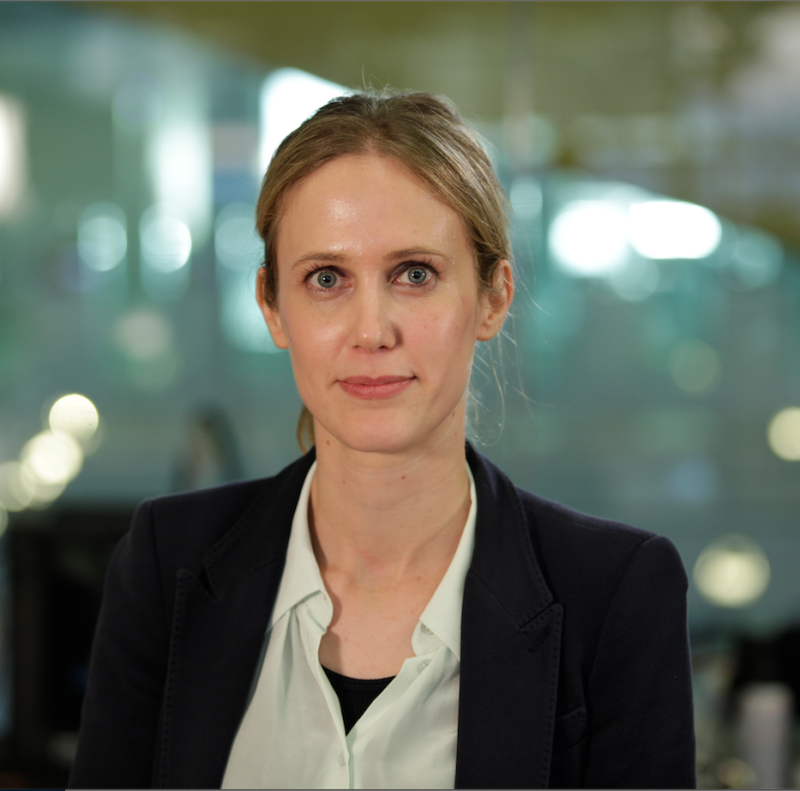
Karin Roesch
Karin Roesch is an entrepreneurial scientist with the Camera Culture Group. Karin currently works with the retinal imaging team, where she has developed a feature revealing computational retinal imaging and predictive analytics platform. Karin has prior experience as a research scientist at the University of California Los Angeles where she received her Ph.D. She also worked at Harvard Medical School Department of Genetics where she led and managed multiple projects with a focus on developing therapeutic treatments for degenerative disorders of the retina and established the first extensive microarray database for retinal glial cells. Furthermore, as an independent consultant for TFOS, Tear Film and Ocular Surface Society, Karin developed strategic vision for innovative educational services. As part of the Camera Culture Group, Karin has played an integral role in the success of the teams accomplishments at the Vodaphone Wireless Innovation Competition and she was also a finalist in the MIT 100k Business Plan Competition in 2013. Karin has published her work in Molecular Vision, Journal of Comparative Neurology and the Journal of Clinical Immunology to name a few.

Rohan Puri
Rohan is Biomedical Engineer and entrepreneur from Techstars Boston. He develops wearable devices for (1) new forms of human computer interaction and (2) low-cost healthcare diagnostics and screenings. Rohan is an iOS and Android developer and has launched 5 successful Android Apps with a combined 20,000+ active users. His work has been featured in local news, radio, TV, and more. He mentors startups at Harvard i-Lab, Startup Weekend, Startup Institute, and TechStars Boston. He also teaches at the MIT Media Lab and at startup events around the US on app development (Google Glass/Android), UI/UX strategies, Body Language/Pitches, and more.

Dan Raviv
Dan is a postdoctoral fellow in the Camera Culture Group in MIT Media Lab, MIT, Massachusetts Institute of Technology. He earned his Ph.D. in Computer Science Department, Technion, Israel institute of Technology working in GIP laboratory on invariant metrics of non-rigid shapes. His research provides new practical tools for analysing geometric data. He has a bachelor degree, Summa cum Laude, in both Mathematics and Computer Science, and is an alumnus of Technion’s Excellence Program. After receiving his masters degree he spent a summer internship working at HP-Labs Israel. Dan’s research was granted several excellence prizes including the Gutwirth and Intel awards. Dan was elected best lecturer on several occasions including the prestigious Technion directorship prize for outstanding adjunct teacher.
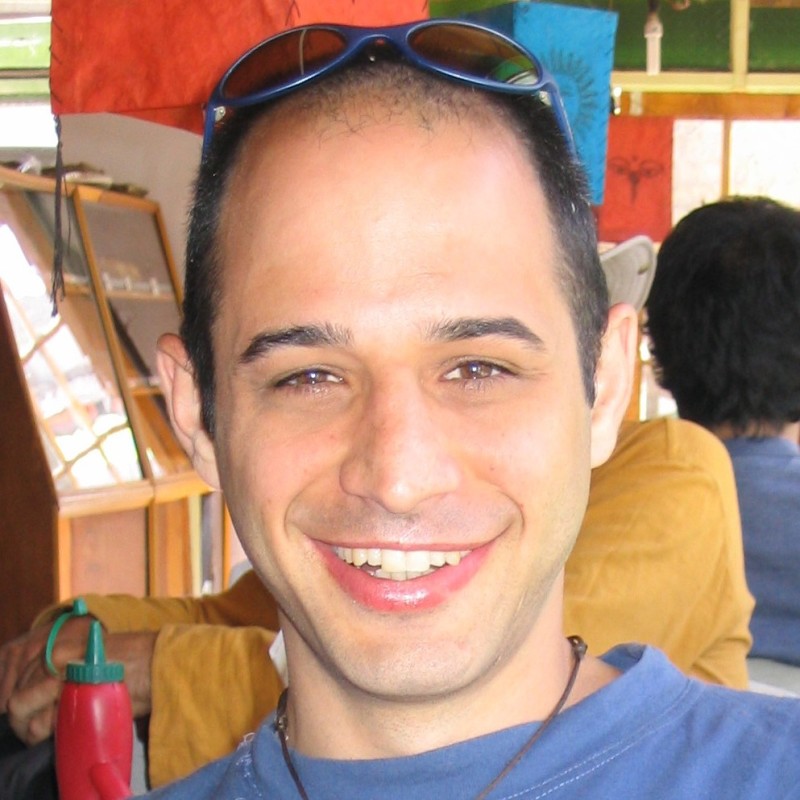
Micha Feigin
Micha Feigin is a postdoctoral associate in the Camera Culture group at the MIT Media Lab.
His research interests revolve around inverse problems and time resolved imaging as well as compressed sensing and dictionary learning.
The main focus of his work lies in utilizing techniques from seismic imaging for medical ultrasound and elastography. He also does work in optical time of flight and radar imaging, mainly with respect to multi path interference and imaging through diffuse media.
Micha earned his PhD in applied mathematics and MsC (cum Laude), both from Tel Aviv university working in the mathematical visual perception lab on inverse problems in medical imaging, compressed sensing and dictionary learning and smart random subsampling.
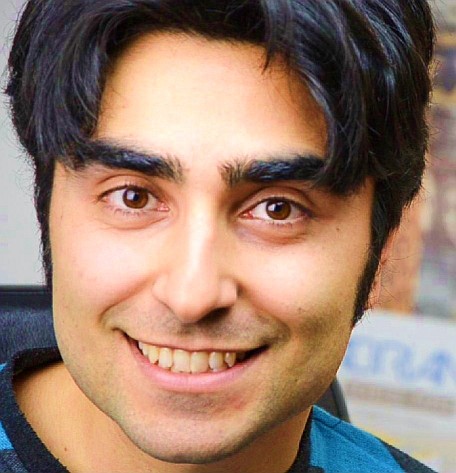
Barmak Heshmat
Barmak is currently a Postdoctoral Associate at the MIT Media Lab. Barmak’s research interest covers a wide range of topics in optics and photonics; nano-optics, THz devices, holography, acousto-optics, and image/display related optics are a few to mention. He received his Ph.D. at the University of Victoria in 2013 and his M. Sc. and B.Sc. at the Isfahan University of Technology in 2006 and 2008 respectively. Barmak finished his Ph.D. work on enhancement of THz photoconductive switches using nanotechnology with 10 scientific journal publications and 3 patents. His other contributions include an invited TEDx talk on the future of THz technology and an introductory work on topological metrics for self-reconfigurable robots.
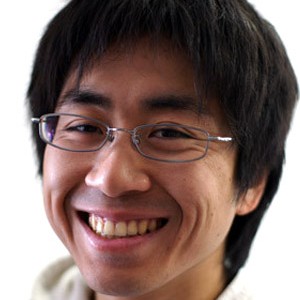
Munehiko Sato
Dr. Munehiko Sato is a researcher in the Camera Culture Group. His research interests revolve around Human Computer Interaction, Human Interface, Human Perception, and Virtual Reality. His recent work specializes in inventing novel sensing technologies for gesture inputs, ubiquitous computing, security, personal healthcare, and many other applications. Dr. Sato is working on various projects to link humans and computers to provide people with improved means of interacting with the world, leveraging his background in computer science, mechanical engineering, and electrical engineering. Dr. Sato earned his Ph.D. in Engineering, M.S. in Information Science and Technology, B.E. in Mechanical Engineering from the University of Tokyo in 2013, 2009, and 2006, respectively. Throughout 2011, Dr. Sato worked in the Interaction Group of Disney Research Pittsburgh with Dr. Ivan Poupyrev on Swept Frequency Capacitive Sensing (Touché) project, which won the best paper award at ACM CHI 2012. His work has been featured in major media, including Forbes, Time, Wired, MIT Tech Review, The Verge, Engadget, DesignBoom, Fox News, Popular Science, NewScientist, Tech Crunch, Hack A Day, and Creative Applications.
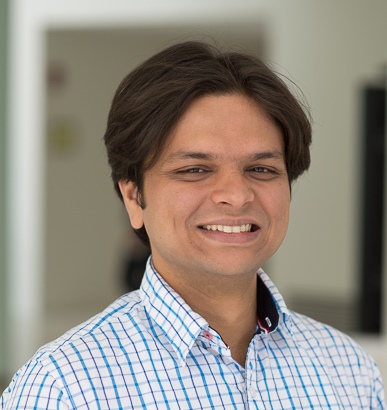
Anshuman Das
Anshuman Das is a postdoctoral associate in the Camera Culture Group at the MIT Media Lab and the MIT Tata Center for Technology and Design. Anshuman is interested in creating rapid diagnostics that are smart, predictive, and accessible and will improve the way diagnostics are carried out. Within the health diagnostics field he is exploring intersections with health diagnostics and optics, lasers, UV-VIS, soft x-ray, Raman, and terahertz spectroscopy. He is also interested in super-resolution optical imaging and soft matter based optical elements. He is currently working on electrical and optical sensing of infections, wide-angle endoscopy and designing smart otoscopes. Before coming to MIT Anshuman received his Ph.D. from JNCASR in India where he researched on light management, degradation, and electrode design in organic solar cells.
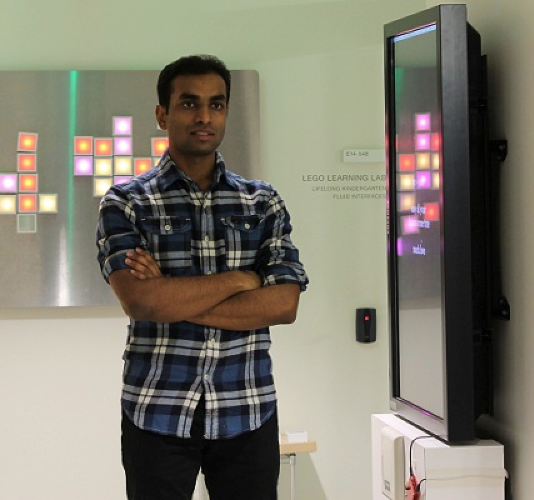
Otkrist Gupta
Otkrist Gupta is a Ph.D. student at MIT Media Lab. He works at camera culture, his research is focused on inventing new algorithms for imaging, exploiting techniques from optimization , linear algebra and compressive sensing. He completed his bachelors from Indian Institute of Technology Delhi (IITD) in Computer Science with emphasis on algorithms and linear algebra. Before joining MIT Media Lab, he worked at Google inventing new voice actions and improving the audio response of Google Now.

Albert Redo Sanchez
Albert is currently a Research Specialist in the Camera Culture Group at the MIT Media Lab. His research interest include terahertz, photonics, advanced data analysis, inverse problems, robotics, advanced manufacturing, and system modeling and simulation. Albert’s background is in terahertz systems and applications in non-destructive testing and spectroscopy. He built terahertz systems for the inspection of the insulating foam of the Space Shuttle and studied the application of terahertz imaging to check the structural integrity of composite materials. He also studied the use of terahertz spectroscopy for the identification of explosives in security applications and detection of antibiotics in food. He invented a method to retrieve the absorbance without the need of a previous reference in terahertz time-domain spectroscopic measurements. Albert led a team that discover the signature of master Goya in one of his earliest paintings using terahertz imaging. He also has experience as director of business development in a technological company. Albert received his Ph.D. in Applied Physics from the University of Barcelona in 2004 and a MBA from Rensselaer Polytechnic Institute in 2008. He has co-authored over 25 scientific journal publication, 1 book chapter, 5 patent disclosures, and given over 15 invited talks in specialized conferences and workshops.
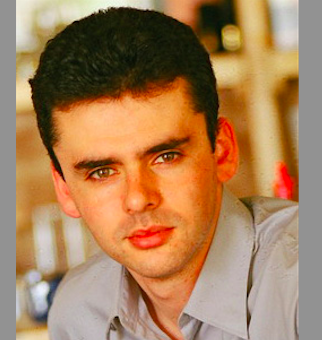
George Leifman

In Kyu Park
In Kyu Park is a visiting associate professor at the MIT Media Lab. He received his B.S., M.S., and Ph.D. degrees from Seoul National University (SNU) in 1995, 1997, and 2001, respectively, all in electrical engineering and computer science. From September 2001 to March 2004, he was a Member of Technical Staff at Samsung Advanced Institute of Technology. Since March 2004, he has been with the Department of Information and Communication Engineering, Inha University, where he is an associate professor. From January 2007 to February 2008, he was an exchange scholar at Mitsubishi Electric Research Laboratories (MERL). Dr. Park’s research interests include the joint area of computer vision and graphics, including 3D shape reconstruction from multiple views, image-based rendering, computational photography, and GPGPU for image processing and computer vision. He is a senior member of IEEE and a member of ACM.
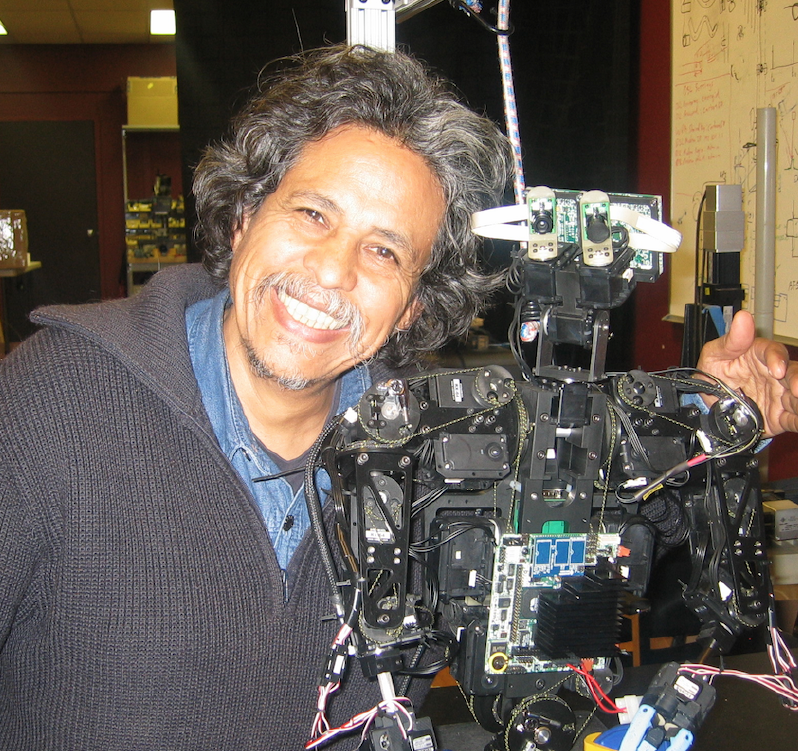
Eduardo Bayro-Corrochano
Eduardo Jose Bayro-Corrochano is a visiting professor in the Camera Culture Group. He gained his Ph.D. in Cognitive Computer Science in 1993 from the University of Wales at Cardiff. From 1995 to 1999 he has been Researcher and Lecturer at the Institute for Computer Science, Christian Albrechts University, Kiel, Germany, working on applications of geometric Clifford algebra to cognitive systems. At present is a SNI III full professor at CINVESTAV Campus Guadalajara, México, Department of Electrical Engineering and Computer Science. His current research interest focuses on geometric methods for artificial perception and action systems. It includes geometric neural networks, visually guided robotics, humanoids, color image processing, Lie bivector algebras for early vision and robot maneuvering. He has received numersous awards and published many books. He recently built the humanoids Mexone 110 cm with 39 DOF and CINVESROB 166cm with 40 DOF, a system for intelligent guidance of visually impaired people and a 3 manipulator-robot system for minimal invasive surgery.

Yun Zhang
Yun Zhang is a Visiting Professor in the Camera Culture Group at the MIT Media Lab. His research interests are super-sensitivity imaging, super-resolution imaging, and image analytics. He is a Canada Research Chair in Advanced Geomatics Image Processing, a Professor in the Department of Geodesy and Geomatics Engineering at the University of New Brunswick, and a Changjiang Chair Professor of Peking University. Dr. Zhang is an inventor of 5 patented technologies (2 with his students) and 4 patent-pending technologies (1 with his student). His research resulted in 12 technology licenses. One was selected by AUTM for the “Technology Transfer Works: 100 Cases from Research to Realization”, together with technologies from MIT, Stanford, Yale, Columbia and other top universities. Dr. Zhang is the recipient of many national and international research awards, including the Talbert Abrams Grand Award of ASPRS, the First Giuseppe Inghilleri Award of ISPRS, and the NSERC Synergy Award for Innovation presented by the Governor General of Canada.

Nikhil Naik
Nikhil is a second year graduate student at the Media Lab. His research interests include computer vision/graphics and machine learning. At the Media Lab, he has worked on novel algorithms for material acquisition and scene analysis using ultrafast imaging. He has prior research experience in object tracking and biometrics. His hobbies are rowing and creative writing.
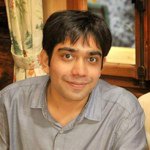
Ayush Bhandari
Ayush Bhandari is a PhD Candidate in the Camera Culture Group. His work focuses on signal processing, computational imaging and applied mathematics. He prepares mathematical models of novel imaging technology with a focus on inverse problems in Time-of-Flight (or ToF) imaging. Before MIT, Ayush was a researcher at EPFL (Switzerland), CUHK (Hong Kong), Temasek Labs/NTU (Singapore) and INRIA-Rennes (France).
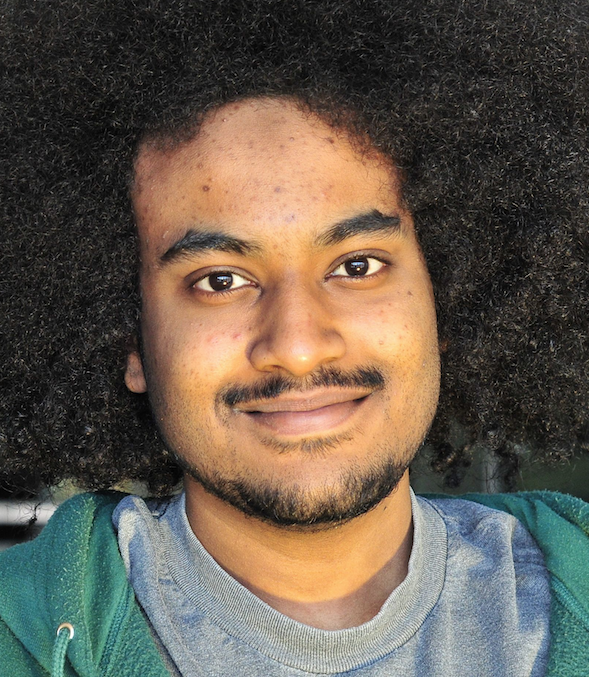
Hisham Bedri
Hisham Bedri is a research assistant in the Camera Culture group at the MIT Media Lab and an MSc candidate in the Engineering Systems Division of MIT (TPP). He has researched and developed systems to see around corners and through objects using sound waves and other forms of energy propagation. He is passionate about creating the next generation of “Iron Man” type displays. Before joining the Camera Culture group, Hisham studied Electrical Engineering at Tufts University where he developed a system to detect landmines using sound. He then worked at GE Healthcare where developed x-ray systems and evaluated PET image reconstruction algorithms. Hisham also has an entrepreneurial spirit and was ranked 2013 finalist at hackMIT and the MIT100K accelerate competition, as well as co-founded hackSUDAN, a hackathon in Khartoum, Sudan.
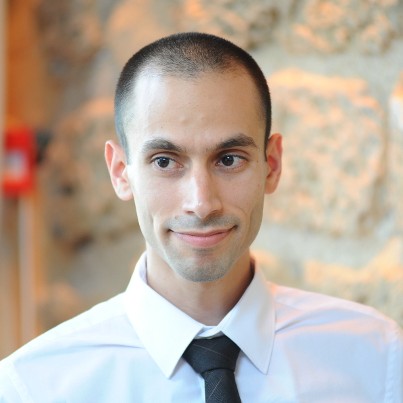
Guy Satat
Guy is a research assistant at the Camera Culture group in MIT Media Lab. He holds a B.Sc. in Electrical Engineering and a B.Sc. in Physics from the Technion, Israel. He studied as part of the Technion’s program for excellent students and graduated with honors. Prior to joining the Media Lab he worked at Intel Israel, where he gained experience in the field of computer architecture. Guy has submitted several patents and co-authored a number of papers. His current research involves imaging through scattering, ultra-fast imaging and medical imaging.
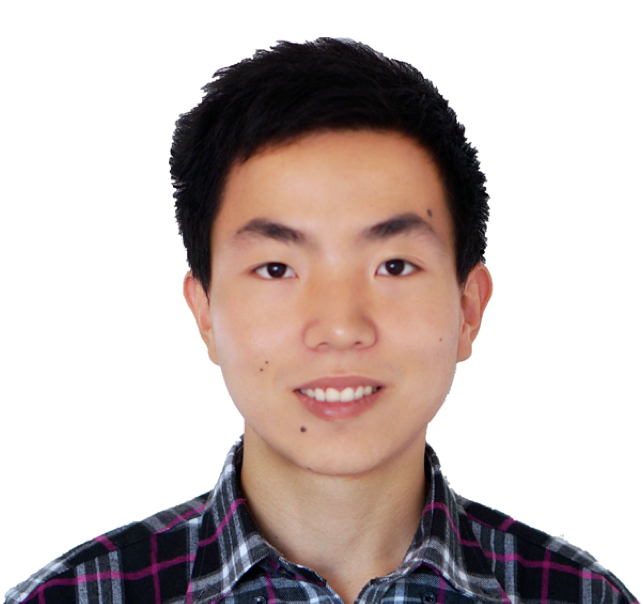
Hang Zhao
Hang Zhao is a second year graduate student in the Camera Culture Group. Hang is interested in computational photography, computer vision and optical imaging. In 2013, he received his Bachelor of Science degree from Zhejiang University in China, where he graduated with honors. At the Media Lab, his research involves applying novel computational methods and optical sensors to devise future photography systems and enable better computer vision technology.
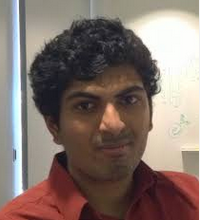
Achuta Kadambi
Achuta Kadambi is trained as an electrical engineer. He is currently a grad student at MIT. His core research focus is on signal processing, with an emphasis on problems that arise at the interface of physical sensors and computation. At the intersection of signal processing, computer vision, and machine learning, this work has a wide range of applications in (3D) cameras, robotics, and low-cost medical imaging. Previously he worked on computer vision problems at Tubemogul in Berkeley, CA and received his undergraduate degree from University of California at Berkeley.
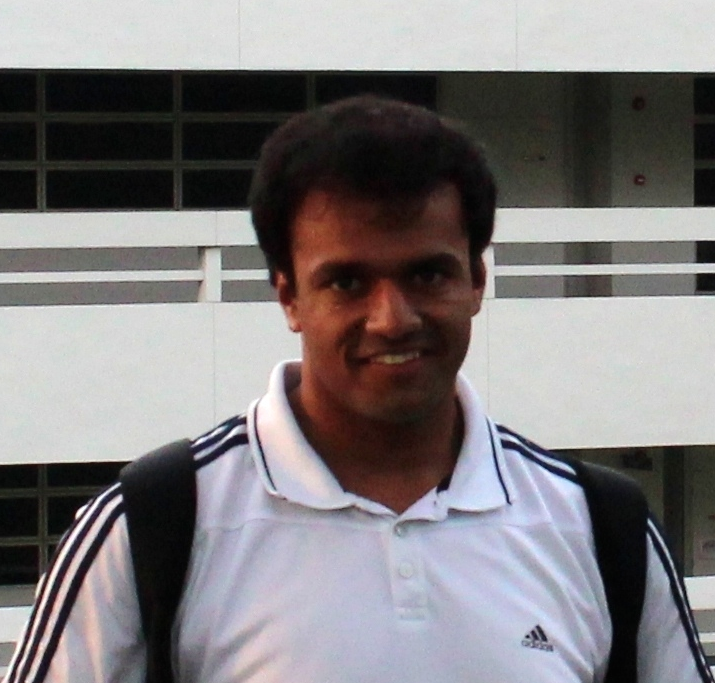
Shantanu Sinha
Shantanu Sinha is currently a graduate student and research assistant at the Media Lab. His interests primarily lie at the confluence of learning-based computer vision, digital signal processing and mechanical design. At MIT, he is developing imaging systems for predictive health diagnostic tools. Prior to joining the Media Lab, as an undergraduate at IIT Bombay, he worked on projects ranging from vision-based camera motion estimation and neuromorphic face identification to modeling of the industrial processes involved in prosthetic limb design.
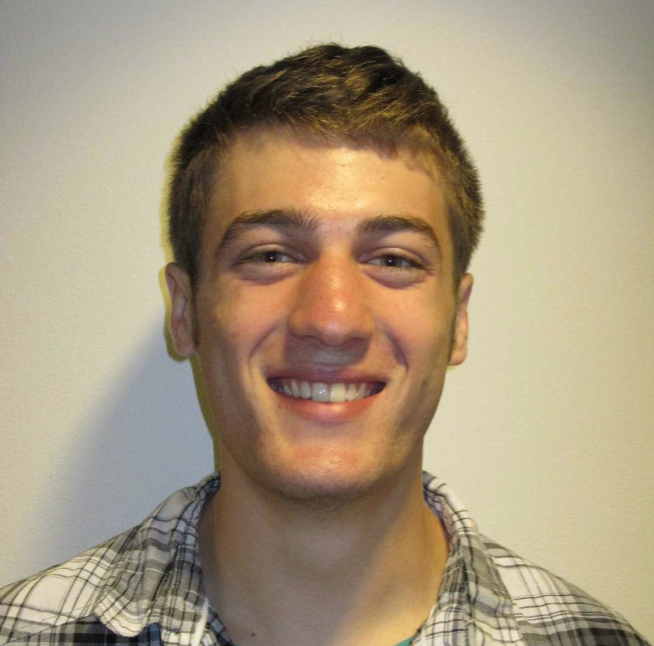
Tristan Swedish
Tristan Swedish is a Technical Assistant in the Camera Culture Group. He has an interest in refactoring hardware, imaging systems, and the algorithms that turn unstructured measurements into useful information. He received a degree in Electrical Engineering and Physics at Northeastern University, where he created computational models of light propagation in lung tissue and worked on an optical device to measure the biomechanics of the cornea. Tristan has also worked at BBN Technologies on a project to detect signals in non-stationary environments and more efficient solutions to inverse problems in shock wave propagation.
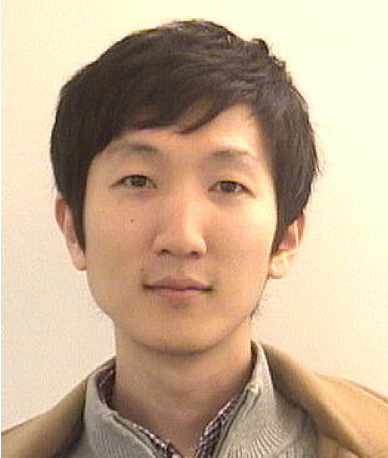
Hyunsung Park
Hyunsung is postdoctoral associate in the Camera Culture group. He is interested in developing new camera modules. Before coming to MIT, he received PhD in Engineering Sciences from Harvard University and MS/BS in Electrical Engineering from Seoul National University.
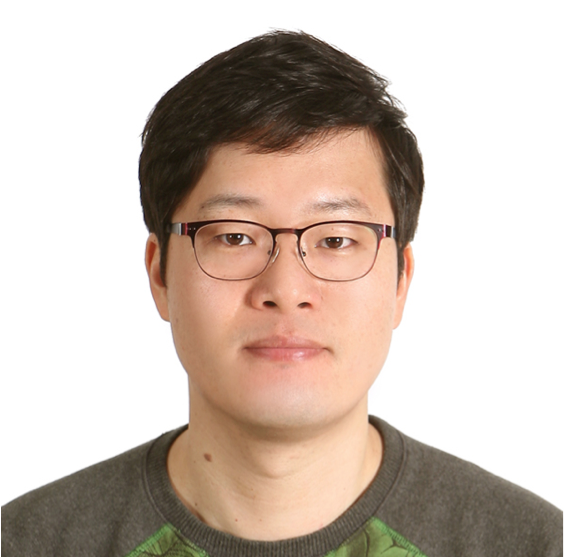
Ik Hyun Lee
Ik Hyun Lee is a postdoctoral fellow in the Camera Culture Group at the MIT Media Lab. He received his Ph.D. at the Gwangju Institute of Science and Technology in 2013. His research interests covers a wide range of topics in image processing; registration, fusion, 3D recovery, depth estimation. He has been involved in various projects as satellite image registration, retinal image registration, 3D reconstruction.
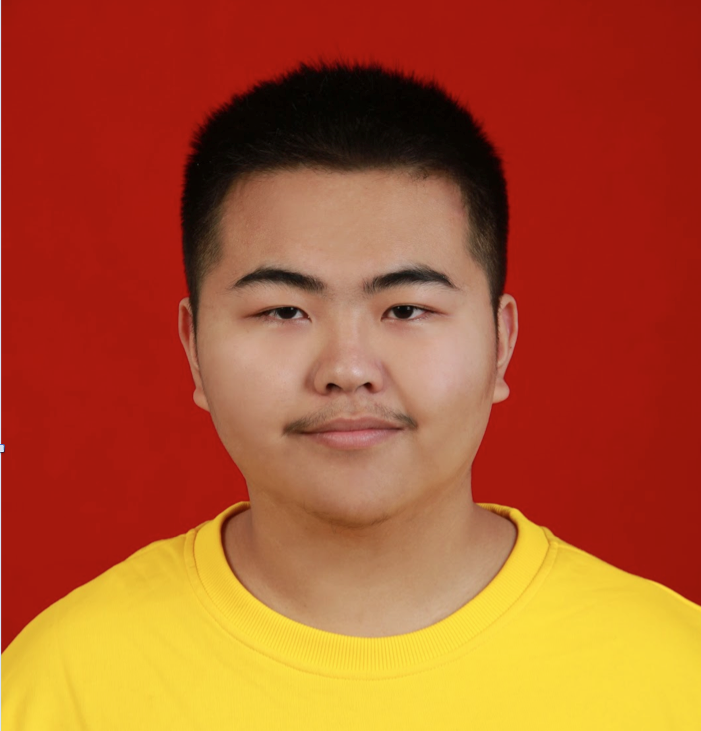
Mingjie Zhang
Mingjie Zhang is a one-year visiting Ph.D. student in the Camera Culture Group. In 2008, he received his Bachelors of Electronic Information Engineering from Xidian University in China. And now he is the third year Ph.D. student in Tsinghua University. His research interests are computer vision and computational photography. His recent work involves looking through the wavy water surface.
Alumni:
Scientists and Post-docs:
Gordon Wetzstein, 2014, now at Stanford University
Chris Barsi, 2014, now at UMASS
Douglas Lanman, 2012, now at Oculus VR Research, NVIDIA Research
Alex Olwal
Andreas Velten, 2012, now at University of Wisconsin
Yun Hee Kim, 2011
Ankit Mohan, 2010, now at Flutter (acquired by Google Inc.)
Daniel Saakes, 2010
Graduate Students:
Amy Canham, 2014
Hayato Ikoma, 2014
Chunglin Wen, 2014
Otkrist Gupta, 2012
Jason Boggess, 2012
Roarke Horstmeyer, 2011
Rohit Pandharkar, 2011
Kevin Chiu, M.S. 2011
Jaewon Kim, M.S. 2010
Ahmed Kirmani, M.S. 2010
Sharmeen Browarek, MEng 2010
Dennis Miaw, MEng 2010
Jordan Sorensen, MEng 2010
Undergraduate Students:
Henna Nandwani, 2012
Amy Fritz, 2012
Tyler Hutchison, 2010
Ishaan Chugh, 2010
Biyeun M. Buczyk, 2010
Xiaoxi Wang, 2010
Visitors:
Shigeo Yoshida, The University of Tokyo, Japan, 2014
Annette Mossel Vienna University of Technology, 2014
Vijay Sadashiviah, Visvesvaraya Technological University, India, 2014
Genzhi Ye from Tsinghua University, China, 2014
Shogo Fukushima from the University of Electro-Communications, Japan
Di Wu from Tsinghua University, China, 2012
Xing Lin from Tsinghua University, China, 2013
Guy Satat from Technion, Israel
Chinmaya Joshi from College of Engineering, Pune
Matthew O’Toole from the University of Toronto, 2012
Siddharth Khullar from Rochester Institute of Technology, 2012
Kenishiro Fukushi from Tokyo Institute of Technology, 2012
Belen Masia from the University of Zaragoza, 2011
Vitor F. Pamplona, 2011
Abhijit Bendale, 2011
Erick Baptista Passos, 2011
Behzad Sajadi, 2011
Gordon Wetzstein, 2010
Tom Cuypers, 2010
Yasuhiro Mukaigawa, 2010
Manuel M. Oliveira, 2010
Masaki Suzuki, 2010
Gabriel Taubin, 2010
Shinsaku Hiura, 2009
Matthias Hullin, 2009
Grace Woo, 2008
Emily Zhao, 2008





